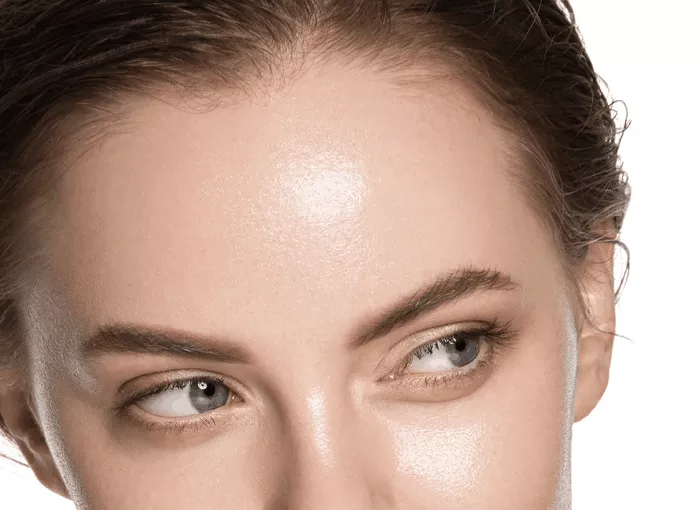Blepharoplasty, commonly referred to as eyelid surgery, is a cosmetic procedure aimed at rejuvenating the appearance of the eyes by removing excess skin, fat, and muscle from the eyelids. As with any surgical procedure, the formation of scars is an inevitable aspect of the healing process. Patients often wonder how long it takes for blepharoplasty scars to flatten and become less noticeable. In this article, we will delve into the factors that influence the healing and scar maturation timeline, as well as provide guidance for optimizing the appearance of blepharoplasty scars over time.
Understanding the Healing Process
The healing process following blepharoplasty is a multi-stage journey that includes inflammation, tissue remodeling, and scar maturation. After the surgery, the body initiates the inflammatory response to begin the repair of the incision sites. As the healing progresses, collagen fibers are laid down, leading to scar tissue formation. Over time, this scar tissue undergoes changes that gradually lead to the flattening and fading of scars.
Factors Influencing Scar Healing and Flattening
Genetics: Genetic predisposition plays a significant role in how an individual’s body heals and scars. Some individuals are more prone to forming hypertrophic scars or keloids, while others may naturally have a more favorable scar healing process.
Age: Younger individuals tend to heal more efficiently due to their higher collagen production and skin elasticity. As people age, skin elasticity decreases, which may impact scar maturation.
Skin Type: Different skin types (e.g., oily, dry, combination) have varying tendencies in scar formation and healing. Oily skin, for instance, may be more prone to hypertrophic scars.
Wound Care: Proper wound care during the recovery period is essential. Following the surgeon’s post-operative instructions diligently can contribute to better scar healing.
Sun Exposure: Exposure to UV rays can lead to hyperpigmentation and worsen the appearance of scars. Protecting the incision sites from the sun is crucial.
Lifestyle Habits: Smoking and poor nutrition can impair the body’s ability to heal and regenerate tissues, potentially prolonging the scar maturation process.
Surgical Technique: The skill and technique of the surgeon can impact scar formation. Precise incision placement and closure can result in less noticeable scars.
The Scar Healing Timeline
While individual experiences may vary, a general timeline for the evolution of blepharoplasty scars can be outlined:
Initial Weeks: In the first few weeks after surgery, scars tend to be red, raised, and may feel firm to the touch. This is a natural part of the inflammatory response.
2 to 6 Months: Over the next several months, scars begin to flatten and soften as the collagen fibers realign. The redness typically starts to fade, and the scars become less noticeable.
6 Months to 1 Year: Scar maturation continues, and scars usually become flatter, smoother, and closer in color to the surrounding skin. By the end of the first year, significant improvements in scar appearance can be expected.
1 to 2 Years: Scars continue to fade and blend into the surrounding skin, becoming even less conspicuous. It’s important to note that individual variations exist, and some scars may continue to improve beyond the two-year mark.
Optimizing Scar Healing
To optimize the healing and flattening of blepharoplasty scars, patients can consider the following steps:
Adhere to Post-Operative Care: Follow the surgeon’s instructions regarding wound care, hygiene, and activity restrictions.
Sun Protection: Shield the incision sites from the sun using sunscreen and protective clothing to prevent hyperpigmentation.
Scar Massage: Gently massaging the scars as advised by the surgeon can help soften the tissue and promote proper alignment of collagen fibers.
Topical Treatments: Consult the surgeon about using silicone-based scar gels or sheets, which can aid in scar flattening and fading.
Healthy Lifestyle: Maintain a balanced diet, stay hydrated, and avoid smoking to support the body’s natural healing processes.
Conclusion
The timeline for blepharoplasty scar flattening varies based on individual factors and the body’s natural healing processes. While complete scar maturation may take up to two years, significant improvements can be seen within the first year. By understanding the factors that influence scar healing, following post-operative care instructions, and making conscious lifestyle choices, patients can contribute to the optimization of scar appearance. Consulting with a board-certified plastic surgeon and maintaining realistic expectations will empower patients to achieve the best possible outcome in their blepharoplasty scar healing journey.


